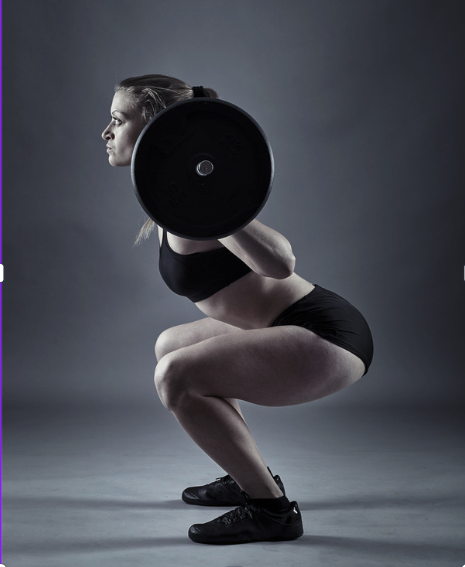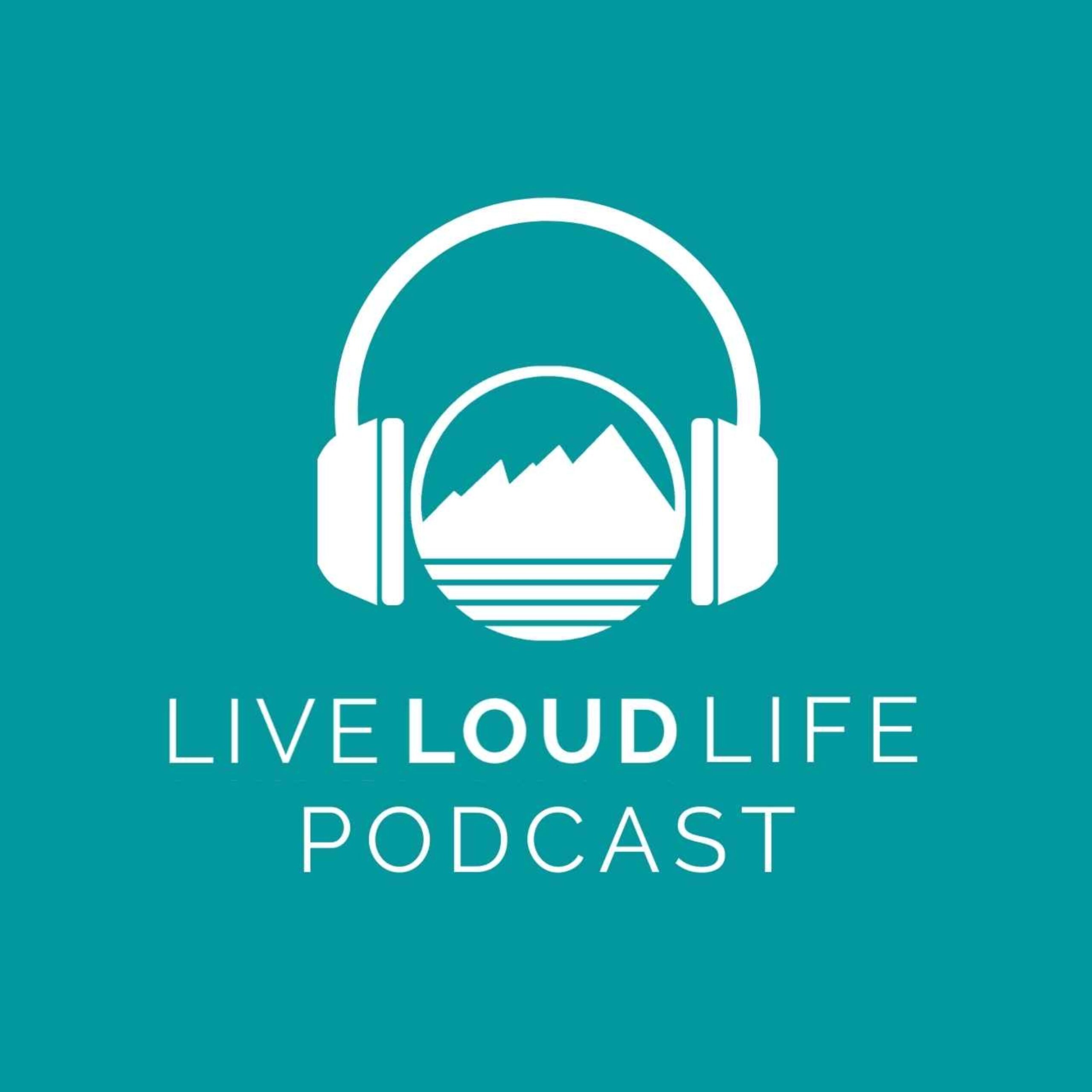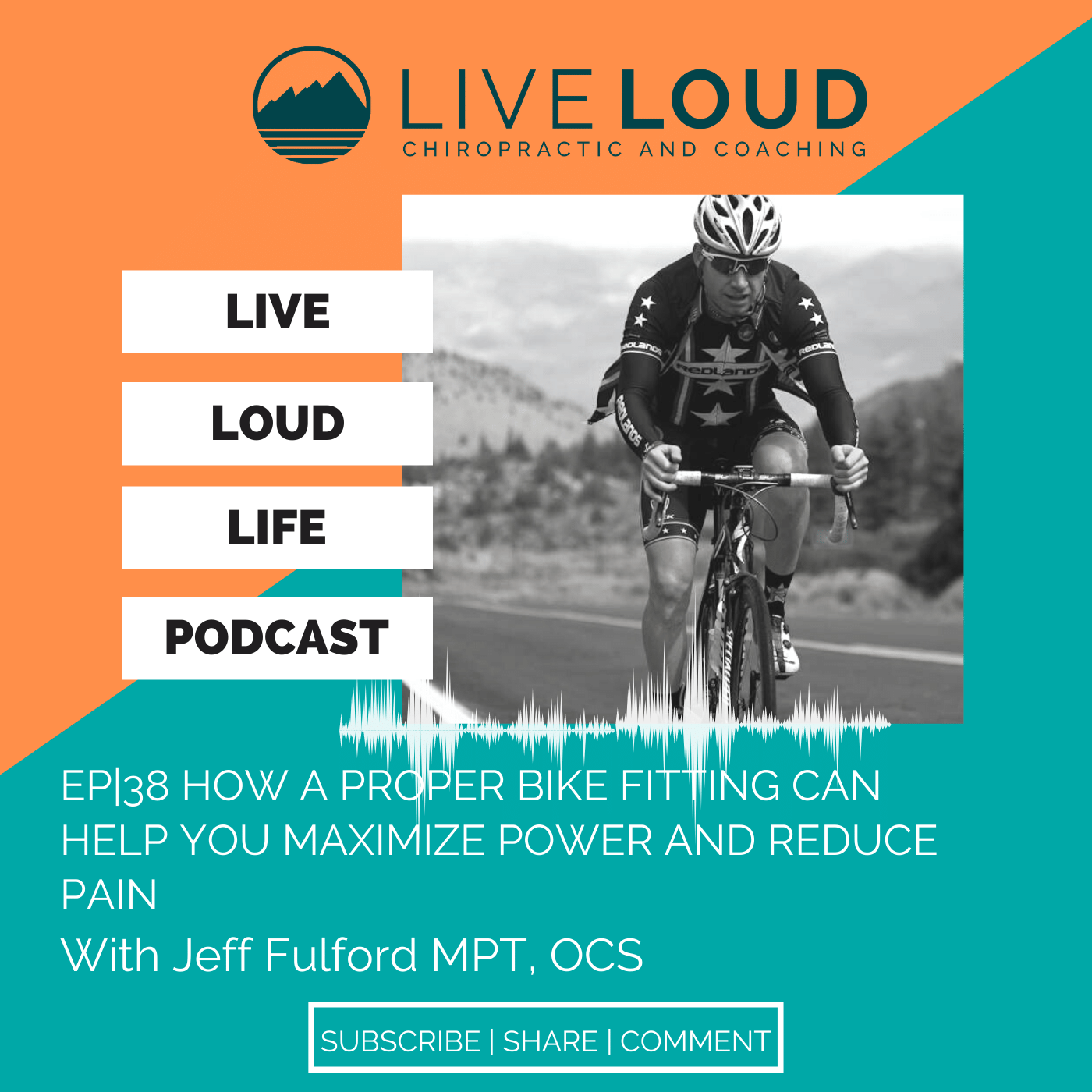Are you dealing with shoulder pain? Best Shoulder Pain Relief Exercises
Are you currently dealing with some sort of shoulder pain, whether that’s pain in the front of the shoulder, the top, or the back? Or is it a shoulder pain that only really comes around when you’re exercising or doing some sort of physical activity?
Shoulder pain is a very common condition, especially if you are an active person with a busy adventurous lifestyle.
For those of you who are dealing with shoulder pain, and who want to lead a LOUD, active life, this can be a big hindrance that prevents you from doing all of the things that you want to be able to do.
So, if you’re interested in:
- dealing with your shoulder pain
- fixing your shoulder pain
- understanding how shoulder mechanic’s work
- what can you do to make your shoulders more bulletproof and stronger
This is the blog for you!
PLAY VIDEO ⬇︎
Now, shoulders, because of the nature of the ball and socket joint, it allows for a lot of free range of motion, a lot of active range of motion, but because of that, many of us lack the basic stability that allows our body to move. Now, this is an important concept that we’ll discuss throughout the video.
Many become biased to only thinking physical therapists or orthopedics might be able to help with shoulder pain. But here at Live Loud Chiropractic in Lafayette Colorado, we are able to help you test and diagnose what is causing your shoulder pain. So if you want to once and for all fix your shoulder pain and issues please do not hesitate to reach out and schedule you initial consult and assessment. 303-717-6323.
STABILITY OR STRETCHING For Your Shoulder Pain
Stability is what is needed to allow your body to express mobility. So oftentimes, we’re stretching and stretching and stretching, hoping that that will help with our shoulder pain, when in fact, it’s not really getting us anywhere.
Now, while stretching might be beneficial.
You have to understand who, what, when, where, and why.
Who would benefit from stretching?
Why would you need to stretch?
What are you actually stretching?
And again, what’s the outcome we’re trying to get out of that?
Now what you need to understand is a proper assessment and an evaluation to determine the cause of shoulder pain.
Unfortunately, this is oftentimes mismanaged through simple diagnostic procedures, such as X-ray and MRI, assuming that there must be some form of a soft tissue injury or damage, that is eliciting the shoulder pain that you’re describing.
When many times this is, in fact, not the case. It usually breaks down to some sort of overloading principle, whether that is an overuse injury due to improper mechanics, due to an increase load variation that you just came across, or just not using it enough.
In this video, we’re going to break down and show you some of the common causes of why shoulder pain might be occurring, some of the neighboring attributes such as the spine that might be contributing to why there might be some shoulder pain, and more importantly, a few things that you can do that will help the shoulder pain that you currently have, whether it is acute or chronic. Now again, this is just a very sneak peek of what’s to happen. Because of the complexity of the shoulder, the shoulder issue, we really have to dive in to determine what’s best for you.
The Key to determining an overuse injury, for shoulder pain
As we were saying, in the intro, shoulder pain, outside of trauma, you’re going to be dealing with usually some sort of an overuse type of injury.
Now, the key to determining an overuse injury is having a very in-depth conversation to detail the programming or the load progression that might have led to the pain your shoulder has.
Right?
If you are someone who is doing Orange Theory, or Group Fitness, here are some questions to consider.
- When did you start?
- Is this something new?
- Did you increase your weight?
- Did you increase your reps?
- Was there an immediate spike in your loading progressions that might have just caused more acute overuse injury?
More commonly, we see nothing changed, but it was over months, if not years, the shoulder injury just started acting up more.
What this tells us is that there’s probably some sort of a range of motion, stability, or movement discrepancy that was adding more load to a particular area over time, thus creating this overuse injury.
It’s important if you are having shoulder pain that you go through an in-depth conversation with whomever your provider is to determine what that progression might have been like to better direct you.
Common Areas of Shoulder Pain
For the shoulder, we see a couple of common areas as your main hub of where the pain is:
- Front of the shoulder
- Top of the shoulder
- Back of the shoulder
Three Usual Main Causes of Shoulder Pain
When we’re looking at shoulder pain, there are three usual main causes that we will try to rule in or out during our evaluation at Live Loud Chiropractic and Coaching.
- When you have pain at the back of the shoulders it is usually some sort of rotator cuff, irritation, capsular tension, and or some sort of maybe tendinitis
- On top of the shoulder in the front of the shoulder, we’re going to be seeing the impingement type of issues. Whereas when you go to lift the shoulders, it pinches at the top here, creating pressure on tendons or other soft tissue structures and pain. And then bicep tendons similar could be part of that impingement syndrome process.
- But we also see this as a loading discrepancy meaning how you’re pressing, or loading the shoulder is causing more load to go to the bicep tendon, creating tendinitis and irritation
Movement Criteria to Determine the Cause of Shoulder Pain
At Live Loud Chiropractic, here are a few of the different movement criteria that we use to determine what the cause of your shoulder pain might be.
Basic range of motion
- Stand tall (this is important to look for cheats in other parts of the body)
- Bring arms up overhead
- Arms up from the side
- Arms reaching behind you
This is where we look to see if you have adequate range of motion to be able to perform an overhead press or other movements required by the shoulder.
Oftentimes, when people were performing either a stretch or something that they feel to be beneficial, and they have their arms turned in, that’s actually creating an internal rotation of the shoulder. That’s going to enhance impingement symptoms, which could then make something worse. So, we have a conversation around positioning based on the movements that you’re doing.
Push-Up Mechanics give a good look at loading mechanisms of the shoulder
Another movement that we want to test at Live Loud Chiropractic is a push up. You’ll want to do a push-up at an incline. This gives us a regressed format, especially if you’re having pain. This allows us to look at your position in a push-up type of holding pattern or even a plank.
What we see very commonly is a “dump” of the shoulder, that creates more tension on the bicep tendon. I.e. then creating bicep tendonitis. When you have tendonitis of the shoulder, it gets super irritated through almost anything you do.
Modified Cat-Cow to assess back mobility which may be the cause of your shoulder pain
We also talked about this with the neck pain video, if you have not seen the neck pain video and you’re dealing with neck pain, be sure to go check that out HERE.
The neck, like the shoulders, are directly attached to the mid-back.
So, if we’re dealing with a shoulder issue, we have to look at the thoracic spine and determine if there’s movement, range of motion discrepancies, whatever that might be, that might be creating our issue.
Here we will have you start on your hands and knees and sit back towards the heels. This is a modified cat cow. We’re going to do cat cow here, then extend now so we’re looking at mobility to determine if there are any catching spots.
Globally, it might look fine. From an isolated perspective, we might see some areas that need either more flexion or extension. Then we might do a kind of “Wag the Tail” motion. So that would be a side-to-side motion. This allows us to see how well the spine flexes laterally.
Then last but not least, we’re going to put one hand behind the neck, and then rotate up towards the ceiling. With this motion we can assess rotation. While rotation and lateral flexion might not seem directly correlated to the shoulder, we have to look beyond just our basic segmental sagittal pattern.
We know that sports, athletics, and even just training, there’s rotation and side to side movement involved, that would affect the position of the shoulder.
Impingement Syndrome Diagnosis for Shoulder Pain
So, impingement syndrome, again, is one of the main issues that you’re going to see in the front of the shoulder/top of the shoulder. When we’re dealing with this, similar to our movement mapping with our shoulders, we have to teach the body what we want and that is usually directed towards mobility restrictions.
Very commonly, people are coaching and queuing you to pull your shoulder blades back, back and down.
This is important for rows and pulling types of motion. When we are reaching forward and up that is actually counterproductive. If you are pulling your shoulder blades down and back that is opposite of the direction of up and over.
So, the main issue with impingement syndrome is the roof of the shoulder called the AC joint, creates impingement syndrome.
So when are thinking or cueing down and back you are restricting the AC joint and the roof of the shoulder creating more compression of the soft tissue under the AC joint.
Conclusion
If you’ve been dealing with some sort of form of chronic shoulder pain, or you’re just at a management level, “eh I can do most of these things…”
But there are certain things you just don’t want to do.
If you want to get back to those, please feel free to reach out to us here at Live Loud Chiropractic in Lafayette, CO.
I know these tools will help in the short interim, of helping with this kind of immediate pain. Still, shoulders being as complex as they are, you have to set up a framework in a progressive loading pattern to gain more confidence around various positions that are more challenging.
We’d love to be able to help you out with dealing with that shoulder pain issue that you’ve had for maybe even years.
Please feel free to reach out.
Let’s get you back to Living Loud with all the activities you want to be doing.
We’d love to help you!




